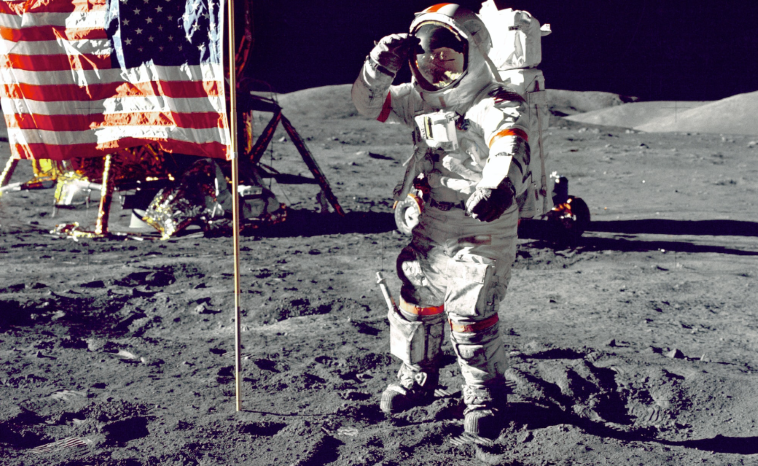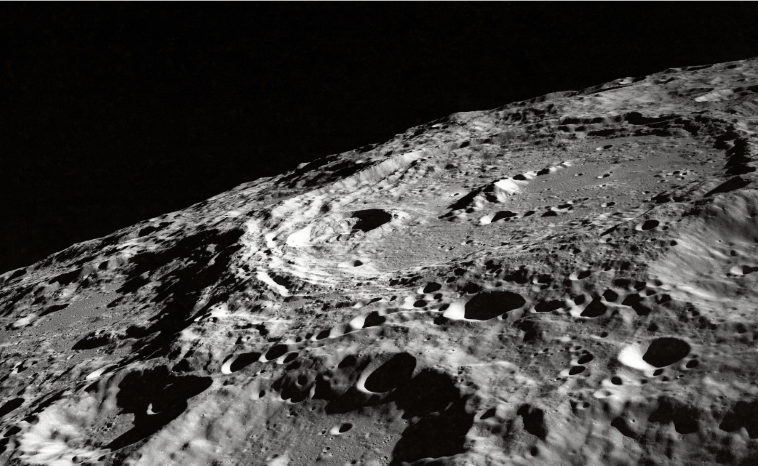The Moon is popular again it appears

Less than one month ago, India became the fourth country to land on the Moon. Before India, only USSR, USA and China had successfully accomplished this feat. Although we have been dealing with flights to the Moon for decades, landing on its surface is not a simple matter, even today.
Well, let’s start in order.
The fascination with the most dominant object in the sky has lasted as long as civilization itself. Our celestial companion has always been an object of attention and awe. It is visible from any point on Earth and is our only natural satellite.
The Moon is quite a large object of its kind: it is the largest satellite in the solar system in relation to the planet it orbits, and the fifth largest in total. Throughout human history there have been many misconceptions about what the Moon actually is.
For a while, it was thought that the Moon was a ball of fire, then it was thought that the dark parts on its surface were the sea, and the light was the land. There was a period when it was thought that other civilizations lived there as well.
The Galilean Revolution and the Cold War
Back in 1609 and 1610, Galileo Galilei made the first observations of the Moon with a telescope, and Thomas Heriot made the first drawings of its surface.
For the next three centuries, the Moon came closer and closer to our eyes, so that in the era of the space race between the Soviet Union and the United States, man could achieve something that was unimaginable for a long time.
A man lowered a machine that was the work of his hands onto another celestial body: the Soviet Luna 9 made the first soft landing on the surface of the Moon in 1966. A soft landing is one in which the aircraft remains intact.

Just three years later, the United States sends the first human crew that sets foot on our natural satellite.
In those years, it seemed that the Moon would become more and more accessible and that trips there would become routine. However, the cold war died down, the budgets of the American and Russian space agencies were drastically reduced, and interest in the space race diminished.
In the following decades, the missions were concentrated on some other bodies in the solar system, it was concluded that there is nothing important on the Moon anymore.
Waking up
That is until 2013. That’s the moment when the third player appeared – China, which was the first space power to make a soft landing on the Moon since 1976, when the last spacecraft of the USSR was there.
The Chinese National Space Association’s Chang’e 3 spacecraft, named after the moon goddess from Chinese mythology, was the second phase of a major project that began in 2007.
Through four phases, the project should test the technology necessary to build a robotic science base on the Moon by the late 20s. Between then and India’s success we had multiple attempts. The Chinese were successful, the rest were unsuccessful.

In 2019, China carried out the first descent to the dark side of the Moon, and the following year their machine successfully took samples. In 2019, there were also two unsuccessful attempts: the spacecraft of an Israeli private company crashed, as well as the spacecraft of the national space agency of India.
And then this year came the real invasion. In April, the Japanese startup project failed and crashed on the surface, and then the Russian Luna 25, with which they tried to return to the place of success after 47 years, suffered the same fate.
We will discuss India’s success story in the upcoming blog as well as other planned missions that should follow soon, so stay with OSR to learn more!

